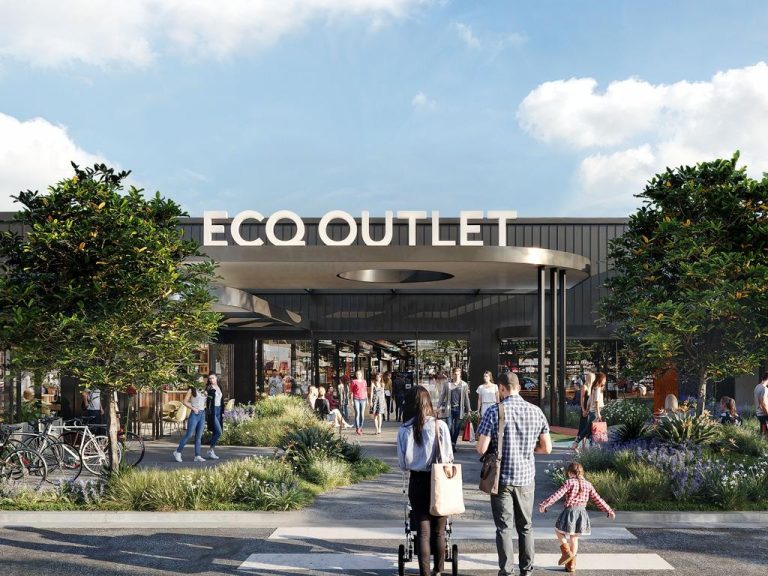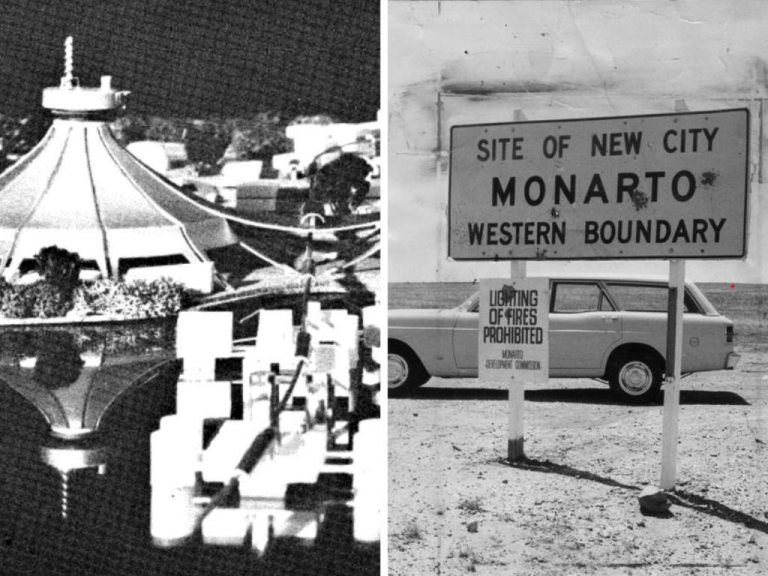Data dash: The race to build Australia’s AI-ready data centres
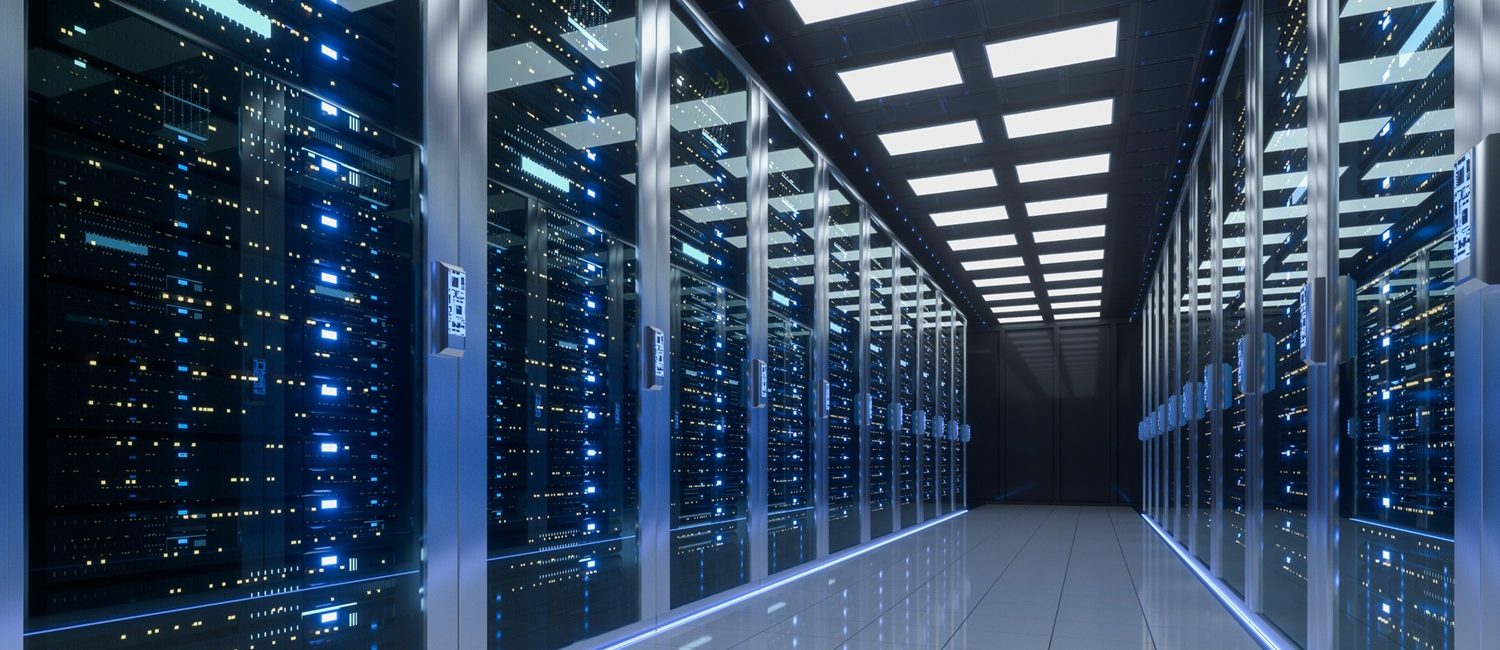
Investors are racing to build data centres in Australia with enough horsepower to fuel high-intensity artificial intelligence (AI) demands and more traditional workloads in a bid to ride the AI wave.
Swiss private equity player Partners Group has made the latest move in the data centre space, snapping up Australian data centre provider GreenSquare DC earlier this month.
Partners Group plans to invest up to $1.2 billion into the Aussie platform to help it become a landlord, developer and operator of large-scale data centres located in key cities.
It comes after Blackstone and a consortium of investors bought Sydney-based data centre group AirTrunk for more than $24 billion last year, breaking records in the data centre and private equity worlds.
Private equity investors and asset managers from around the globe have been on the hunt for deals linked to data centres in Asia Pacific, as the AI boom fuels demand for digital infrastructure.
In 2024, companies like Amazon, Microsoft, Meta, and Alphabet were set to collectively invest more than $315 billion (US$200 billion) of capital expenditure globally, largely on data centres and AI-driven tools, according to Savills.
But before you start hooking up your shed with server racks to get it ready for sale, it’s important to know that investors aren’t looking for any old data centre.
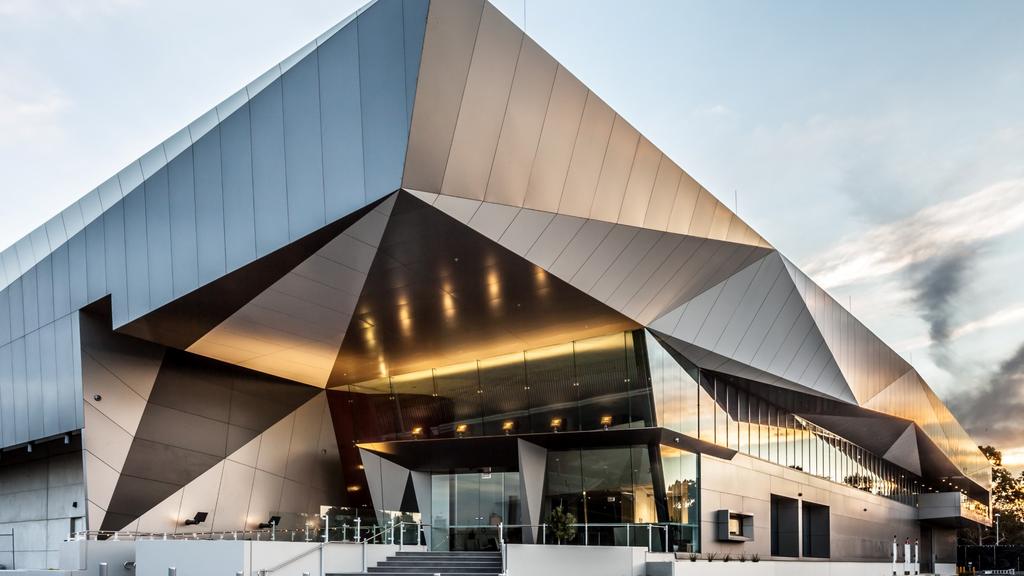
An Equinix data centre in Melbourne built by FDC. Picture: supplied
They are largely pursuing large-scale or hyperscale assets with very high energy needs, which can offer the greatest amount of computing power for hungry AI technology.
In the AirTrunk deal, Blackstone and its investors snapped up a dozen operational hyperscale data centres across Australia, Japan Malaysia, Hong Kong and Singapore.
They also got Asia Pacific’s leading hyperscale platform and the brains behind it, as well as enough land to build more centres to more than double their offering across the region.
On the other hand, the GreenSquare DC deal came with just one brownfield data centre in Sydney, as well as land options on several sites across Sydney, Melbourne and Perth.
Partners Group has done this before though, having invested more than $6 billion into data centres since 2021.
It acquired pan-Nordic data centre platform atNorth in 2021 and US data centre platform EdgeCore in 2022, and says it has a “tried-and-tested platform-building approach” to scale such businesses.
The Swiss group says there is a “robust” demand for hyperscale centres in the Australian market that are offering high-density spaces that can support cloud and AI workloads.
And they are far from alone, with Amazon’s data business AWS planning to invest an additional $13 billion on Australian cloud infrastructure over the next few years.
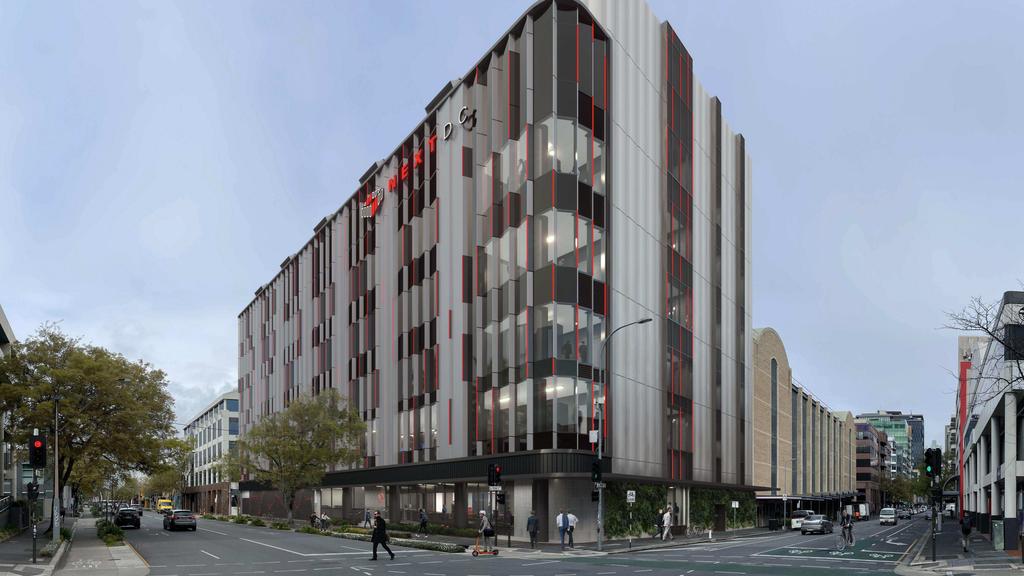
NextDC opened its $100 million A1 Adelaide data centre last year. Picture: supplied
Microsoft has announced plans to invest $5 billion to expand its Australian data centre infrastructure, while data centre platform CDC plans to invest in a 500-megawatt (MW) facility in Sydney.
CBRE forecasts that Australia’s built-out, or operational data centre, capacity will double over the next decade.
There are a range of ways of approaching data centre development that come with different risks, including land sales, ground leases, powered shells and fully fitted offerings.
But one of the key hurdles facing developers universally has been finding sites to build on in Australia with adequate power supply due to the sector’s high energy demands.
Digital connectivity is important, and developers want sites that can connect to underwater subsea cables landing in Australia from around the globe.
Developers have been searching for larger-than-average blocks to house AI data centres too, which has been making it harder and more expensive to find sites that tick all the boxes.
Building cost was another factor, with an average facility construction cost of $15 million per MW of capacity. Australia currently has close to 1,500 MW of data centre capacity.
All of these factors have weighed on data centre players which have also been competing with industrial and logistics real estate developers tapping into the e-commerce buzz, driving up competition for industrial-zoned land.
But even with these obstacles, investors and market watchers are bright-eyed about the market’s outlook.
CBRE predicts that Australia’s data centre sector will nearly double in size from $23 billion last year to $40 billion in 2028.

